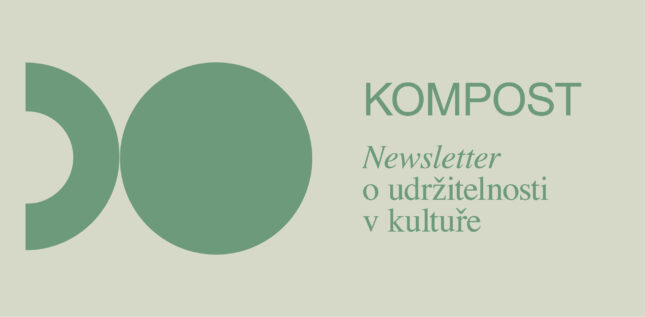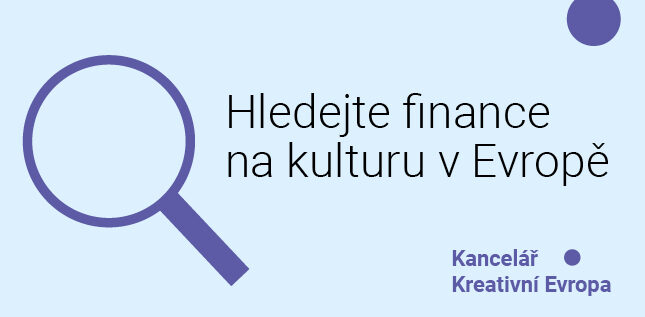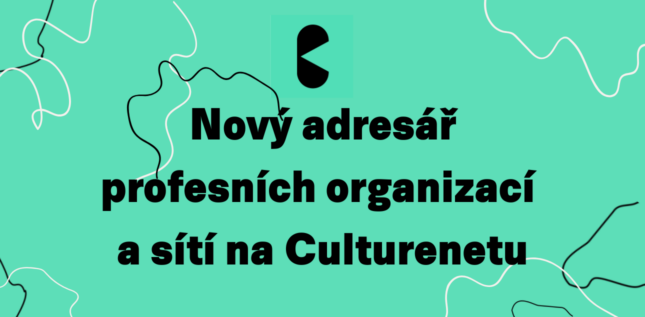Aktuality
Neplavte v kultuře! Váš každodenní přehled.
Doporučujeme
Nalezené položky
Příležitosti
Akce
Stalo se
Publikace
Naše weby
IDU
Institut umění – Divadelní ústav.
ArtsCzech
Rozcestník o současném českém umění v anglickém jazyce.
Kreativní Česko
Platforma věnující se kulturním a kreativním odvětvím.
SoundCzech
Hudební proexportní kancelář.
PQ 2023
Pražské Quadriennale scénografie a divadelního prostoru.
PerformCzech
Web propagující česká scénická umění v zahraničí.
Divadlo.cz
Web o českém a z části i zahraničním divadle.
CzechMobility.info
Infopoint řešící praktické otázky mezinárodní umělecké spolupráce.
Akademie IDU
Vzdělávací program pro kulturní manažery.










